Description
- Paul Joseph Constantin Gabriël (5 July 1828 – 23 August 1903) was a painter, draftsman, watercolorist, and etcher who belonged to the Hague School.
Gabriël was born in Amsterdam, the son of the sculptor and painter, Paul Joseph Gabriël. From 1840 until 1843 he was educated at the State Academy of Fine Arts in Amsterdam, where he was a pupil of Louis Zocher. The following year he went to the German town of Cleves, where Barend Cornelis Koekkoek had founded a drawing academy. Later he returned to the Netherlands and studied with Cornelis Lieste in Haarlem. Here he became acquainted with Anton Mauve, with whom he was to work with often.
In 1853 Gabriël moved to Oosterbeek, also called the ‘Dutch Barbizon’, where landscape painter Johannes Warnardus Bilders had gathered around him many young painters. The members of this group would later become central figures in the Hague School. In 1858, Gabriël introduced Anton Mauve to the area, who would return there ten years in a row and would become good friends with Gerard Bilders, the son of Johannes Warnardus.
When Gabriël returned to Amsterdam to live, he had a hard time and moved to Brussels. There he was befriended by Willem Roelofs and benefited from Roelofs’ social position in the art world of Brussels. There he met Hendrik Willem Mesdag, also a student of Roelofs.
Gabriël was also influenced by the painters of the Barbizon School, whose works were regularly exhibited in Brussels. Helped by Roelofs’ suggestions, he developed into a good landscape painter, with a clear palette. Gabriël’s paintings stand out from the ‘grey tones’ for which the Hague School was famous because of his clear use of color. His work was less an impression of atmosphere than a consequence of the immediate effect of the sunny Dutch landscape. The more he looked at the Dutch landscape, the more color he perceived in it. He described the Dutch countryside as ‘colorful, juicy, fat’ and said ‘Our land is not grey, even when the weather is grey.’
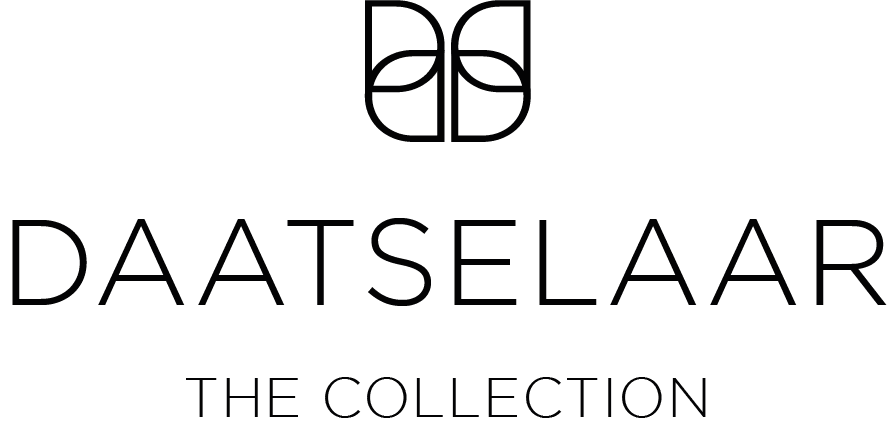
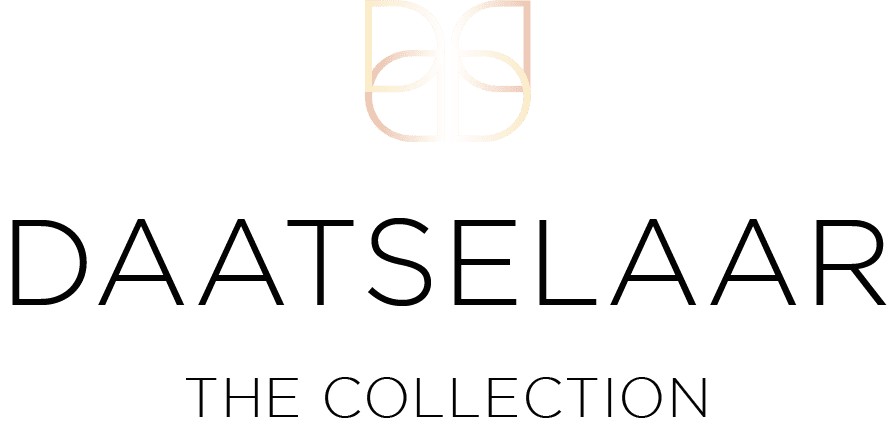
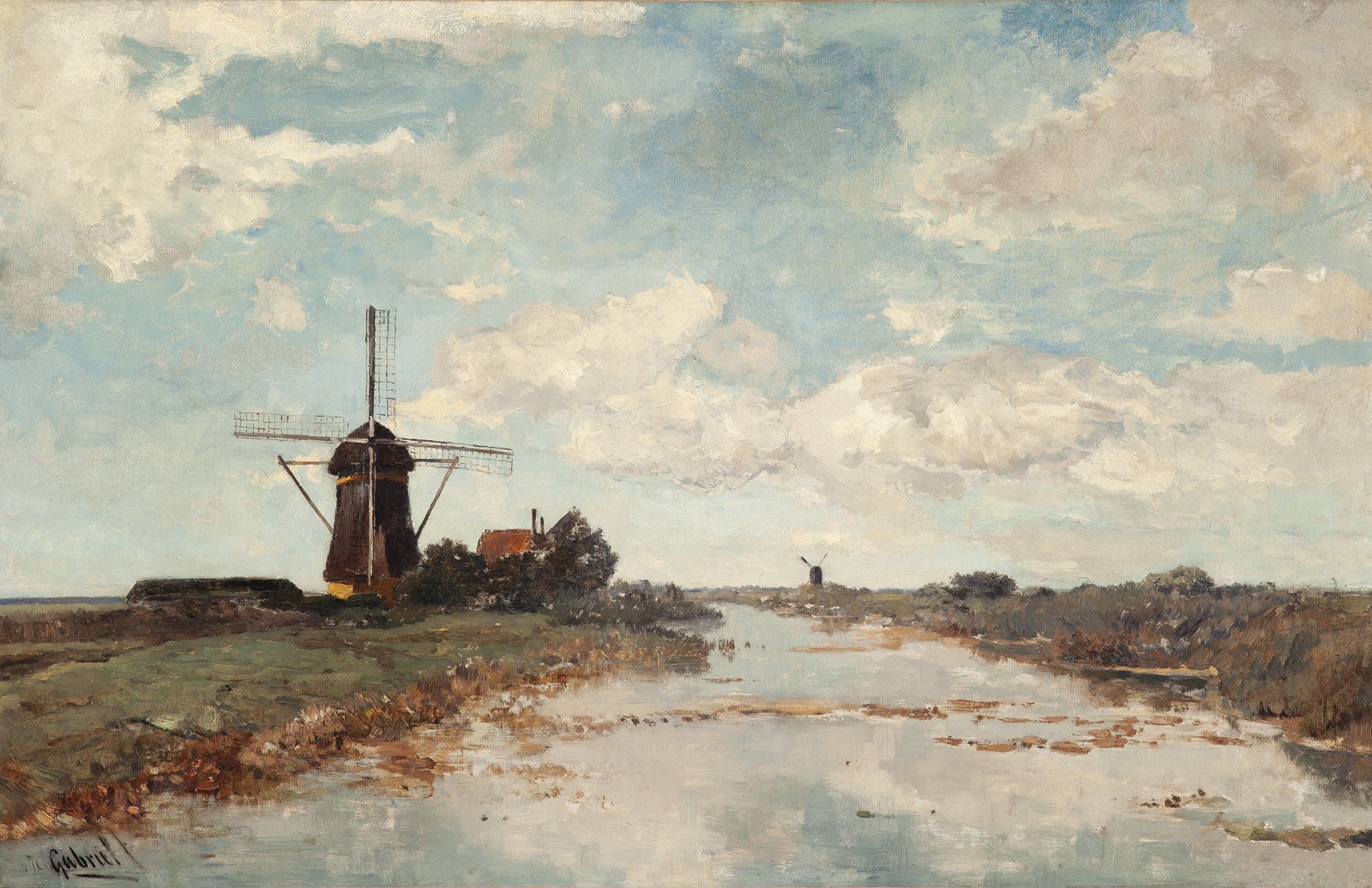
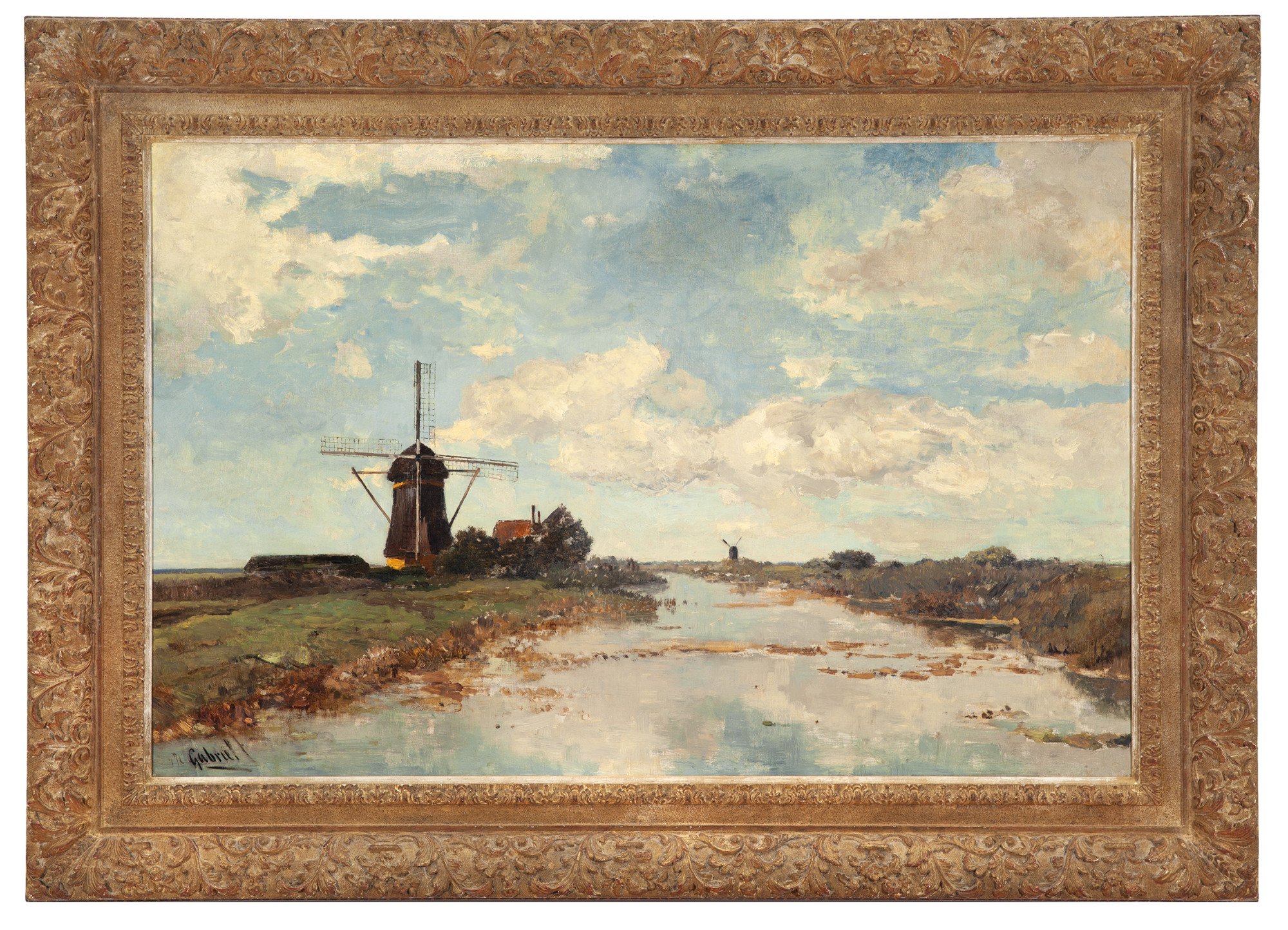
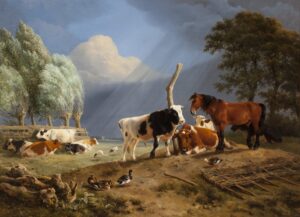
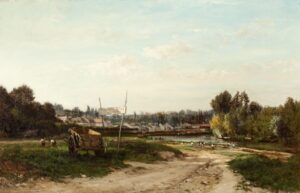
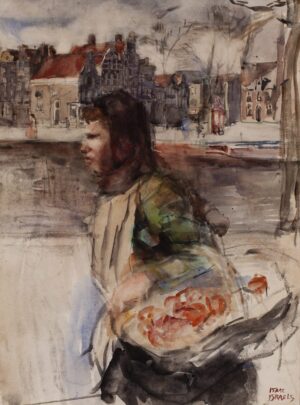
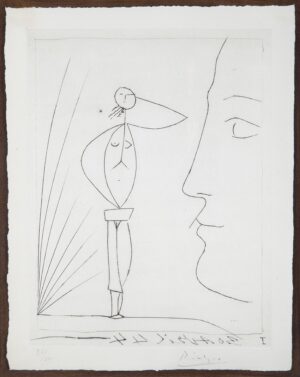
Reviews
There are no reviews yet.